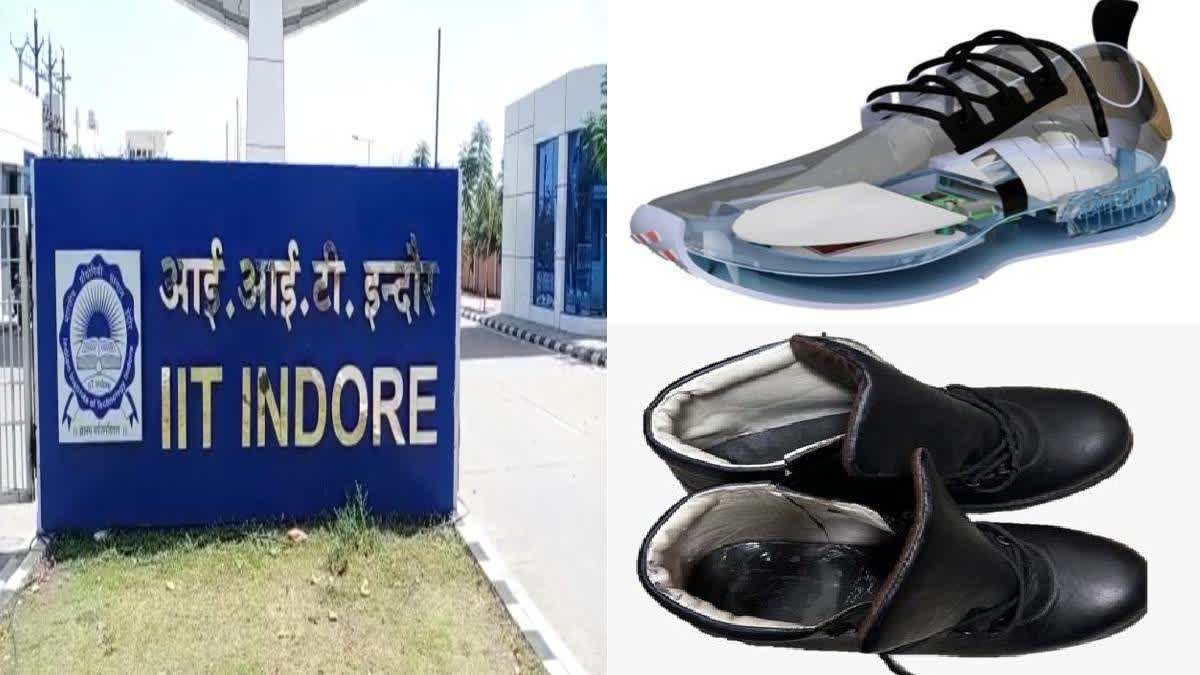Indore (Madhya Pradesh): The Indian Institute of Technology (IIT) Indore has come up with technology-equipped special shoes for soldiers. These shoes will generate electricity as well as detect location of the user.
IIT Indore has handed over the first consignment of 10 pairs of the special shoes to the Defence Research and Development Organisation (DRDO).
Electricity generated can be used for operating appliances
Under the guidance of Prof. IA Palani of IIT Indore, these shoes have been made with the new Tribo-Electric Nanogenerator (TENG) technology. Prof. Palani said when soldiers walk wearing these shoes, electricity will be generated at every step. This electricity will be stored in a device installed in the soles of the shoes and can be used for running small appliances.
Detection of location through shoes
According to Prof. Palani, these shoes also have a facility of tracking the location. With a satellite-based GPS module and the technology of RFID (radio frequency identification) with a range of 50 meters, the shoes can help in accurate live location tracking. Thus, the location of the soldiers can be easily detected in real time, he said.
Useful for military personnel's safety
Prof. Suhas Joshi, Director of IIT Indore, said, "The special shoes will strengthen the safety and efficiency of military personnel. Location tracking capability enhances safety and coordination of operational efficiency along with ensuring security of military personnel. TENG-powered shoes can support the necessary GPS and RFID systems, providing a self-sufficient and reliable solution for various military needs."
Useful in various fields
Prof. Joshi further said that apart from soldiers, these shoes can be used by civilians and in industrial applications. These can be used by elderly citizens, especially people with Alzheimer's disease, school-going children and mountaineers to track their locations.
He said that with the help of these shoes, accurate analysis of the movement of the players' feet can also be done thereby improving their performance.
Read more



